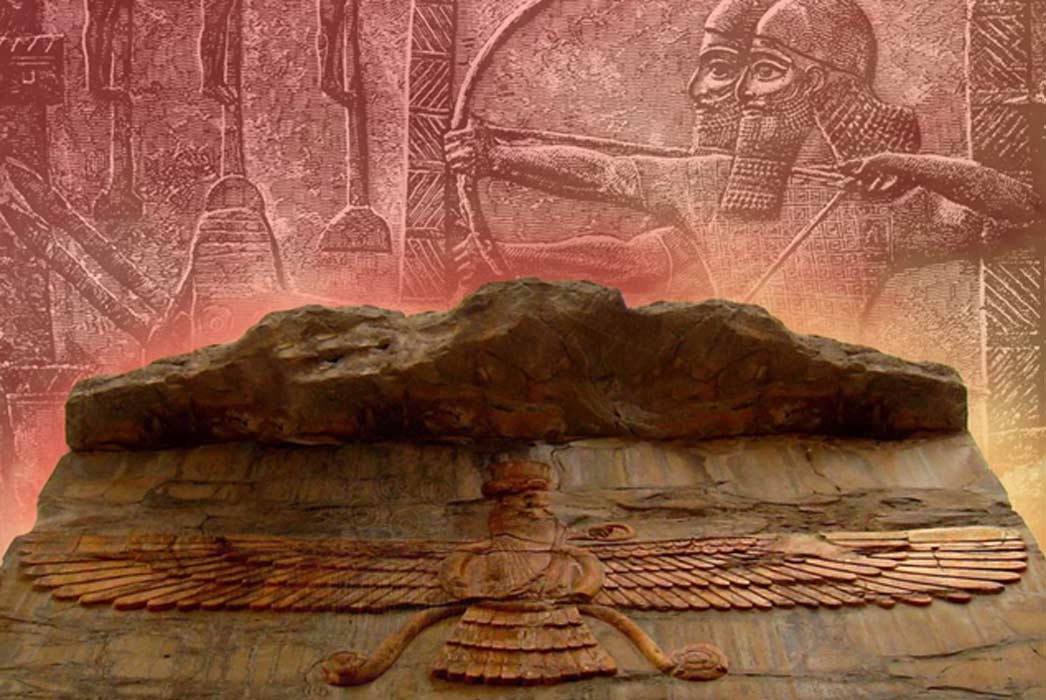
The Persian War Machine: Organization and Command – Part I
The Persian war machine made empires beforehand look miniature. The Persians were able to take the best from all over the Near East and turn it into a force that could not be defeated for many centuries to come. The article you are about to read just skims the surface of a fascinating story that largely goes unnoticed.
Organization and Command
The Persian military organization was much like that of the provinces, wherein the provinces had a degree of autonomy that filtered down to local rule, and provinces provided troops to the king when needed. Because of this, it makes it difficult to identify what is distinctively Persian when it comes to their military system.
When it comes to command, it is headed by the “king of kings” or shahanshah in Persian. On the surface, the heart of command is with the king, like Darius leading his army into Scythia, Xerxes into Greece, like Artaxerxes II fought his brother Cyrus, and Artaxerxes lead his forces against both the Phoenicians and Egypt. However, the king could not always be on campaign. The reason for this is that if the king should be away for a certain period he risks much. A king cannot rule effectively if he is absent for a long period. In doing so, he leaves the art of governance in hands of officials who cannot always be trusted and in a worst case scenario, may attempt a coup d'etat, like Darius the Great who seized the throne of Persia after the death of Cambyses II. (See my article “Did Darius Hijack the Persian Throne?”)
As demonstrated, some Persian monarchs went on campaigns, but in many cases, the trust was placed in the hands of the men trained to do so—the commanders who were specifically sent from the royal court. One such example was Mardonios, who took command of the Persian military operations in Greece after Xerxes withdrew in 479 BCE. However, if the conflict was a local affair, the provincial satrap could conduct military operations against the aggressor both foreign and domestic.





